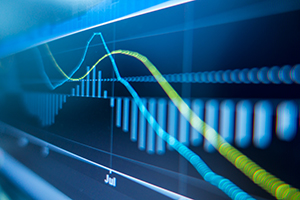Inflation has grabbed headlines for the better part of a year now, as the Covid-19 response led to increased demand and supply constraints. That said, short-term inflation expectations have changed dramatically in recent months. In April 2021, inflation expectations for 2022 remained relatively subdued, with the International Monetary Fund (IMF) calling for 1.6 percent consumer price inflation in 2021 and 1.7 percent in 2022 for advanced economies. In October 2021, these numbers had moved up to 2.8 percent and 2.3 percent, respectively. Since then, inflation in the U.S., euro area, and other advanced economies has continued to pick up, with the IMF’s most recent report from this month showing inflation for advanced economies at 5.7 percent in 2022 and 2.5 percent in 2023.
What has led to changes in this global inflation outlook? And what conditions are contributing to the IMF’s lowered inflation expectations going into 2023 and beyond?












